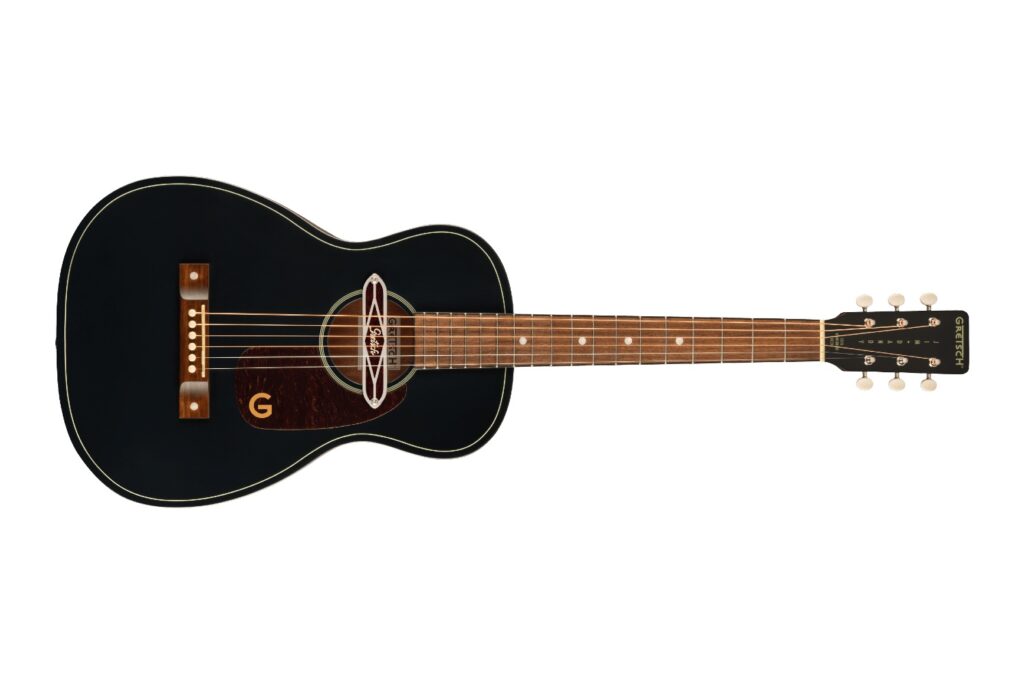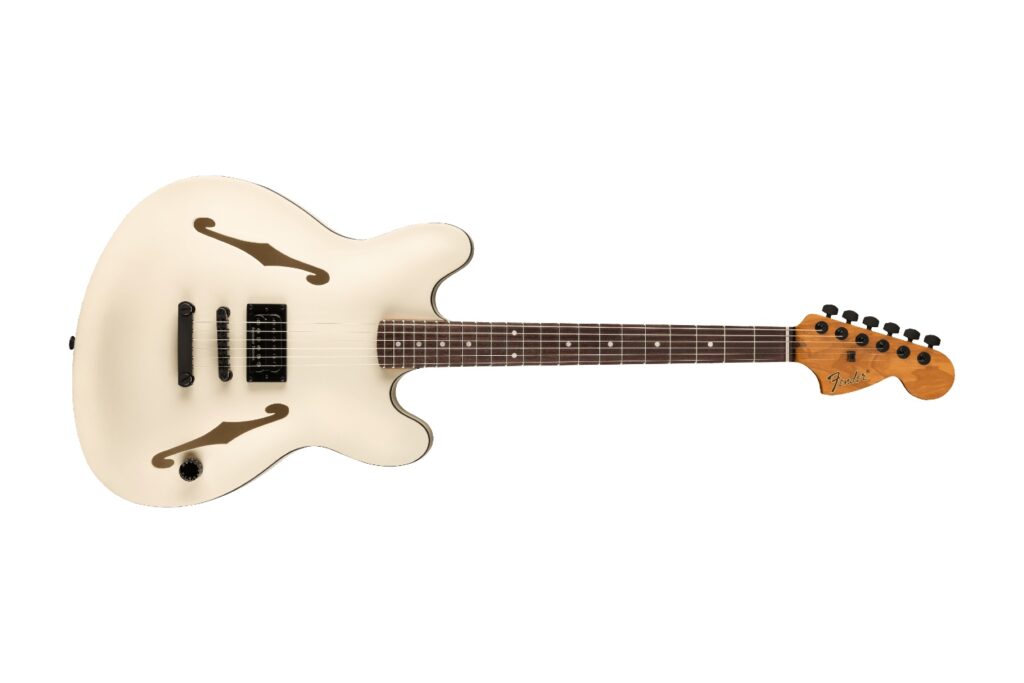CMC Music | RRP: $675
As a company, Ernie Ball has always positioned itself as the young upstart on the market. The peak of their popularity came hand in hand with the rise of Southern Californian pop punk in the late ‘90s, but they are now over four decades into their lifetime and have not shied away from the wisdom that comes with age.
Their neon-packaged strings are the preferred choice for more discerning players and when their volume and expression pedals hit the market all those years ago, they changed the way we express ourselves from the pedalboard up.
Read more product reviews here.
Utility pedals can be a hard category to justify splashing your cash on. While undeniably serving a purpose, volume pedals are often tough to squeeze onto your pedalboard, and let’s face it: no one’s ever enjoyed purchasing a tuning pedal. These kinds of pedals are seen more as tools than they are as tricks, and it’s for this reason that they’re often at the bottom of any pedal head’s list of priorities.
Ernie Ball’s VPJR Tuner pedal might just change all of that. Building on the blueprint of the sturdy VPJR, Ernie Ball has integrated the volume pedal with an ultra-precise touch screen tuner display. On paper, it’s an offer you simply can’t refuse. For some, it’d be easy to scoff and swat this concept away as just being a gimmick for some easy Ernie Ball unit shifting, and I can admit to being a bit sceptical about the pedal on initial assessment. Thankfully, the VPJR Tuner pedal lives up to all expectations, and actually makes for an incredibly useful and even creative addition to any pedalboard.

Straight off the bat, it’s worth noting that the VPJR is definitely not a ‘junior’ pedal, but it’s worth making the space for. It’s quite bulky, and has a footprint marginally bigger than your average wah pedal. On the flip side, it’s also as sturdy as they come, and the rubber surface that surrounds the screen offers plenty of grip for your footwork. Interestingly perhaps, Ernie Ball has forgone a touchless sensor system and employed a cable mechanism in the design of the VPJR’s volume component, which is constructed from PVC-coated Kevlar and provides consistent tension when sweeping with the pedal. Given that it features a touch screen, this pedal also requires a 9-18V power supply, whereas most other Ernie Ball volume pedals are passive. Our review unit featured a racing car red finish: others are available in black, silver, or white.
Upon engaging the pedal, the VPJR’s touch screen lets you choose three different display modes: volume, tuner, or both. Choosing tuner mode and double tapping the screen also lets you change the reference pitch of the tuner upwards or downwards from 440Hz, which is a nice touch for all those picky ears out there. On that note, the tuning precision of the VPJR is spot on, and the bright incremental display makes for a great guide to navigating each string, with the changing lights and pitch indicator making it as easy as possible. I feel like it would have been cool to see the VPJR feature a polyphonic tuning mode, but you can’t really take points away given what’s already on offer.
In use, the VPJR Tuner – and volume – pedal is exactly the same as the tuner-less version that preceded it. Swift sweeps and incremental adjustments are simple, and the action of the pedal makes for a consistently taut response. In volume mode, the touch screen display is also utilised as a numerical value depicting the volume of your signal, which is a killer way to gauge your overall master volume from a distance or in dim lit rooms. This screen really adds a lot to the overall practicality of the pedal, and I feel like it’ll go on to set a trend in this niche market.
There’s also a range of routing options on the top of the VPJR, including standard I/O as well as effects send/return. On top of a standard effects loop setup, you could set up the VPJR to control the master volume of either your amp or a pedal, or even as a gain control for either configuration. This can let you get a bit creative with your use of the pedal, and makes it a lot more versatile than you’d think, particularly for more textural swells or clever effect fade-ins. It’s nice to have such a practical unit that still lets you facilitate creative ideas without making them over complicated or forcing you to go menu diving to unlock its inner secrets.
At its price point, the VPJR Tuner might not be accessible for all users, and it’s a bulky pedal to justify carving out such a huge chunk of pedalboard space for. Yet, it’s an incredibly alluring product from Ernie Ball, who has obviously paid a lot of attention to detail in order to create a sturdy, feature-packed and ultimately useful design. I wouldn’t be against describing it as the best volume pedal on the market, and there’s sufficient evidence to say the same about the tuner as well: I can’t see how anything can come close to what’s on offer here from Ernie Ball.

Head to Ernie Ball for more information. For local enquiries, reach out to CMC Music.







